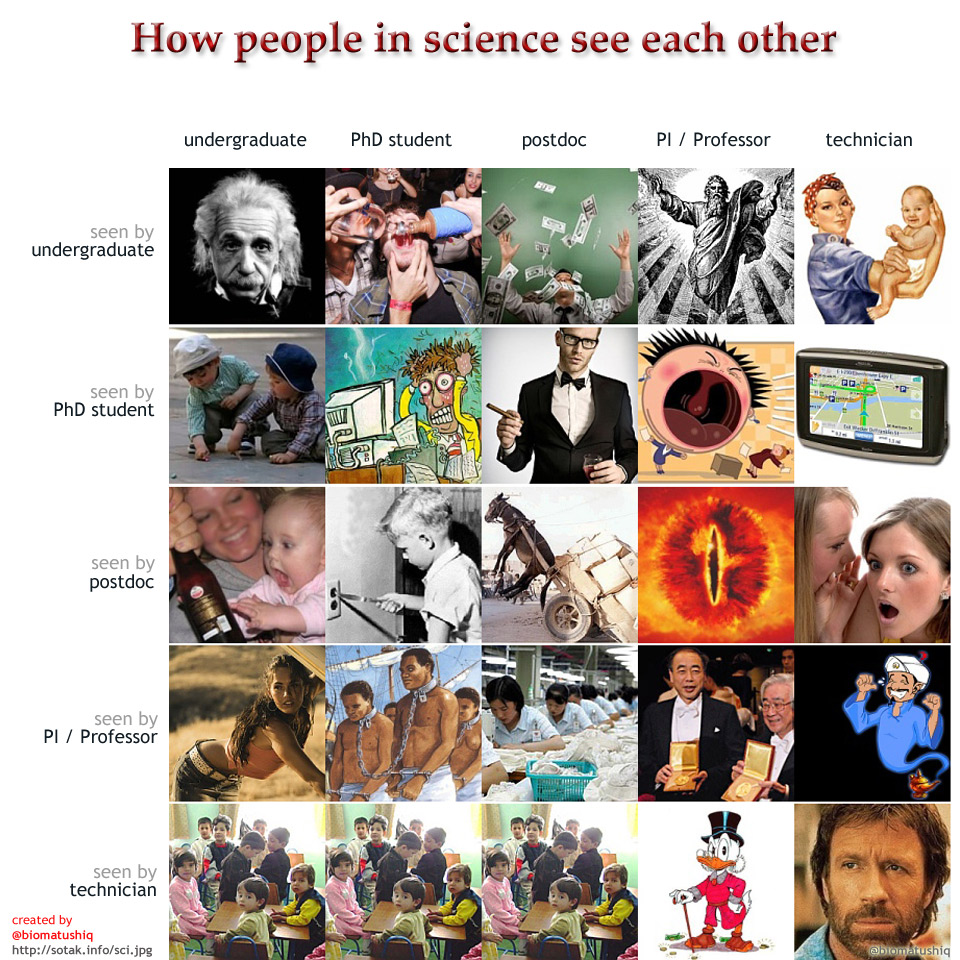
http://www.ploscollections.org/article/browseIssue.action?issue=info:doi/10.1371/issue.pcol.v07.i15
Ghostwriting occurs when someone has made substantial contributions to writing a manuscript but this role is unacknowledged. In medicine, ghostwriting is problematical because it often involves pharmaceutical companies (or the medical communication companies that work for them) producing articles that promote the benefits of their health-care products while playing down their harm, and then masking their involvement in the development of the articles by recruiting academic "guest authors" to lend false credibility and independence. Because ghostwriting misrepresents authorship credit and accountability, it is considered to be unethical, dishonest, and a threat to the integrity of the medical literature. Fortunately, this previously "hidden" problem has been the focus of increasing research and commentary, including potential solutions to the problem of ghostwriting. Much of this research and commentary has appeared in PLoS journals, which we collect below.
More information can be found at the Wyeth ghostwriting archive, which was developed after PLoS Medicine andThe New York Times intervened in 2009 into litigation brought against the pharmaceutical company Wyeth by thousands of women who developed breast cancer taking hormone therapy drugs, resulting in the public release of 1500 documents extensively detailing the company's ghostwriting.
In addition, the topic of ghostwriting is frequently covered on PLoS Medicine's blogsite, Speaking of Medicine.
We will update the Collection with new content periodically at www.ploscollections.org/ghostwriting.



